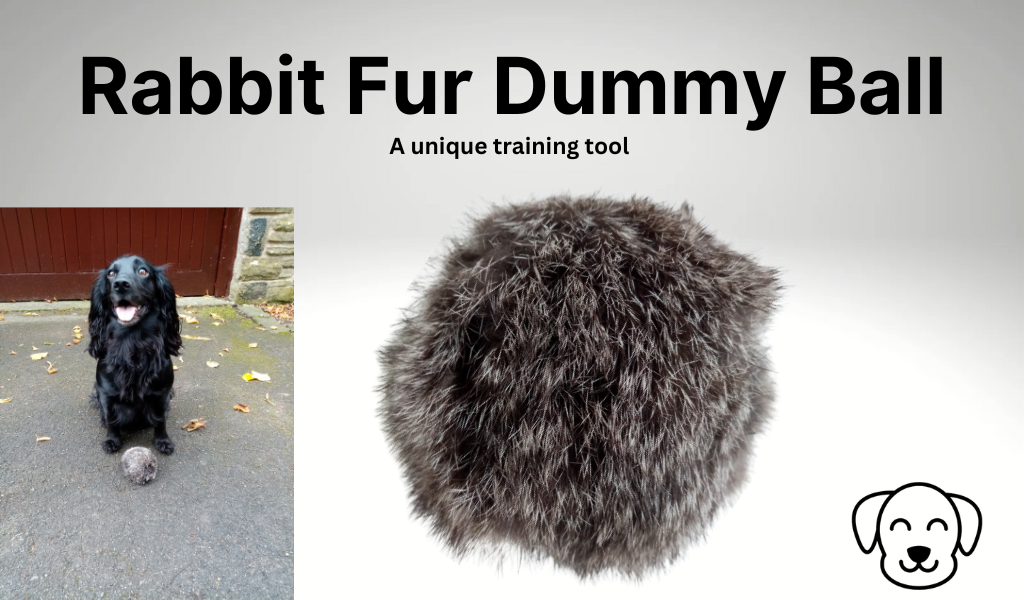
The Rabbit Fur Training Dummy Ball From Goygar
Discover how our Rabbit Fur Dummy Ball can enhance and improve your gundog training.
Get Great Deals On Gundog Gear at www.goygar.com

Discover how our Rabbit Fur Dummy Ball can enhance and improve your gundog training.

Discover the ultimate guide for training your new Cocker Spaniel puppy! Essential tips and tricks for teaching your pup everything they need to know.
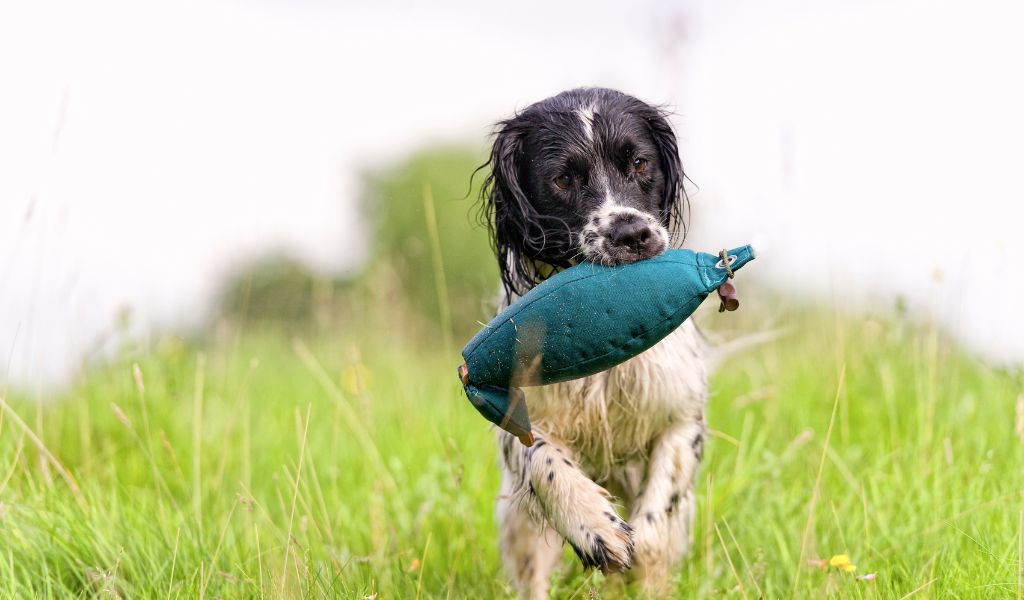
Discover effective Cocker Spaniel gundog training for puppies and working dogs. Whether you’re a seasoned trainer or new to gundogs, our techniques will help.
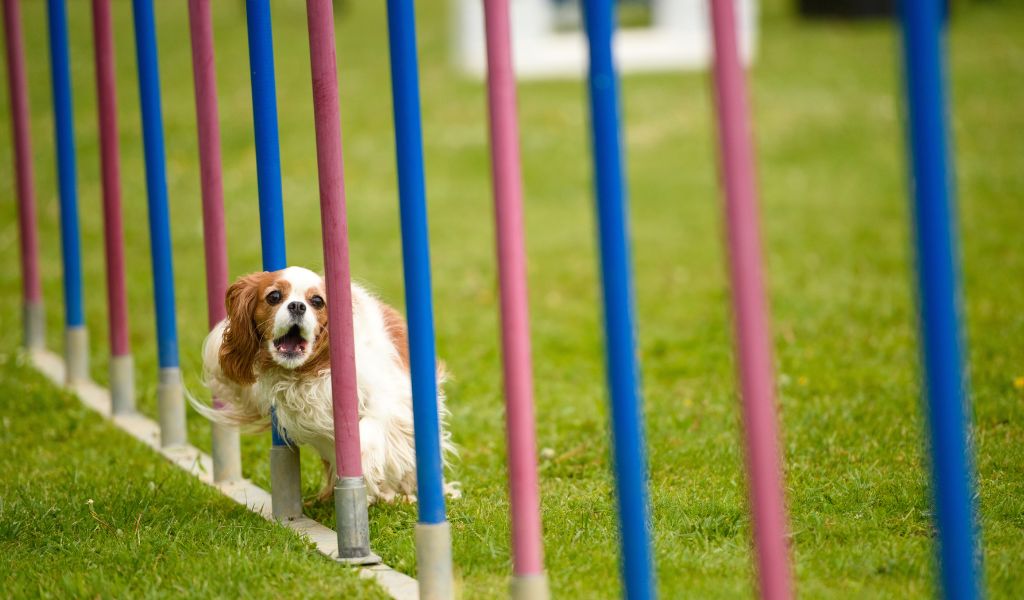
Cavalier King Charles spaniels are intelligent dogs that enjoy and respond well to training.
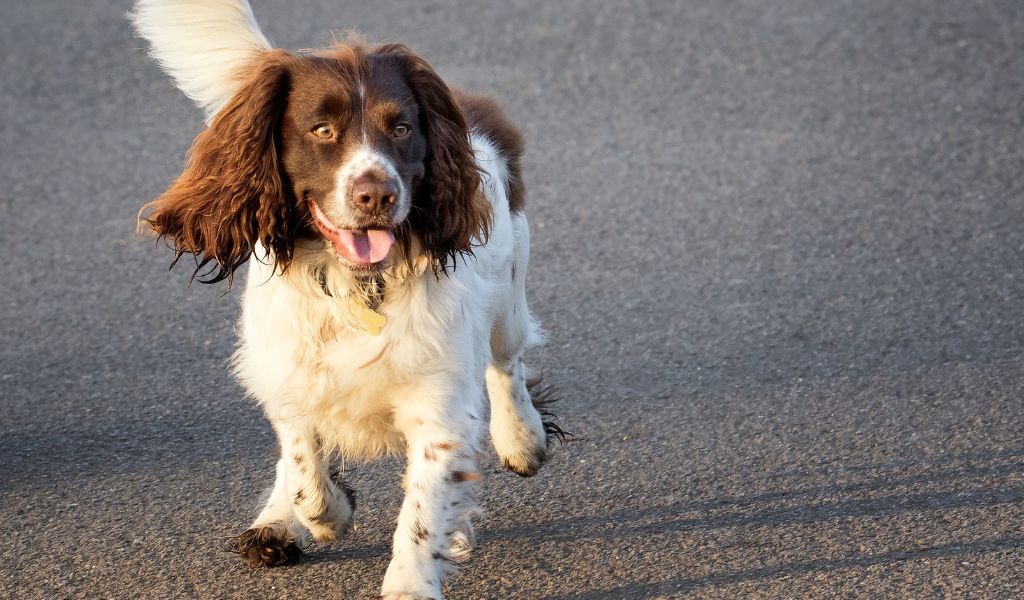
English Springer Spaniels are intelligent dogs that love training and with the right handling will quickly learn.

There are many different commands to teach a Clumber Spaniel. These are the most common.
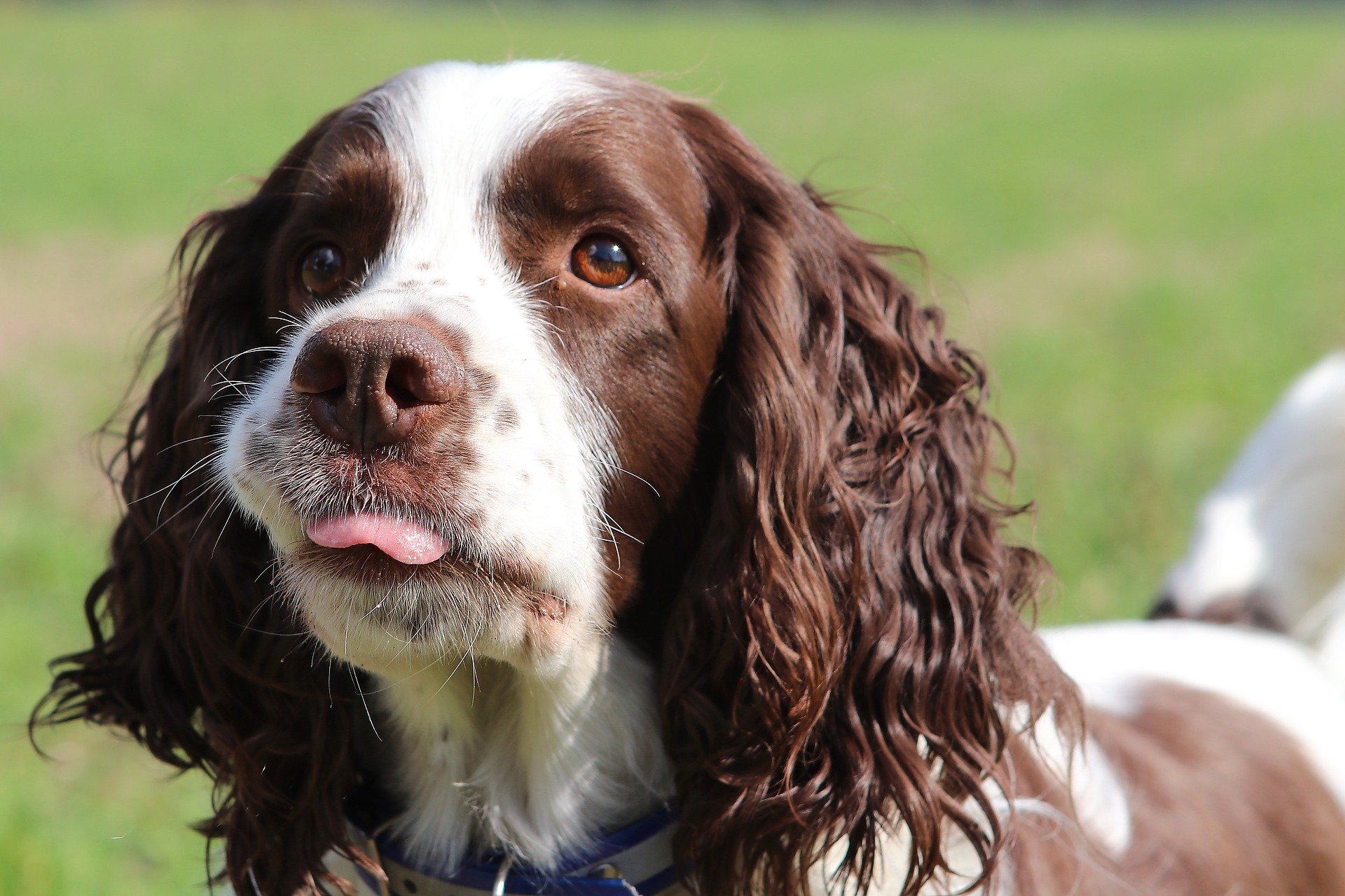
A key aspect of spaniel training is getting your spaniel to stop on the whistle. Let’s take a look at the way to achieve this.
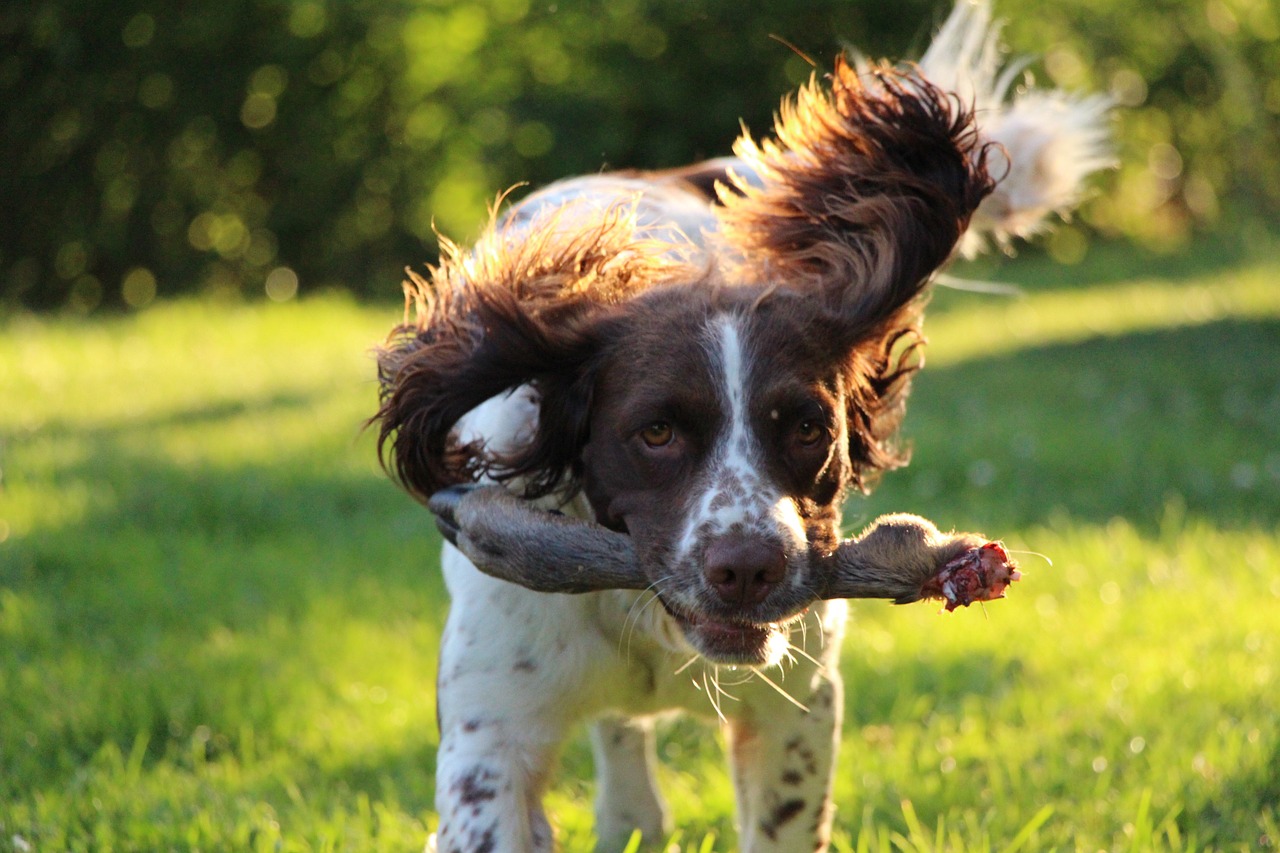
Learn the basics of spaniel training from an expert and set the foundation for a well-behaved, obedient adult dog. With practical tips and insights, you can train your spaniel to a high standard and enjoy the rewards of owning a skilled working dog and loyal companion.
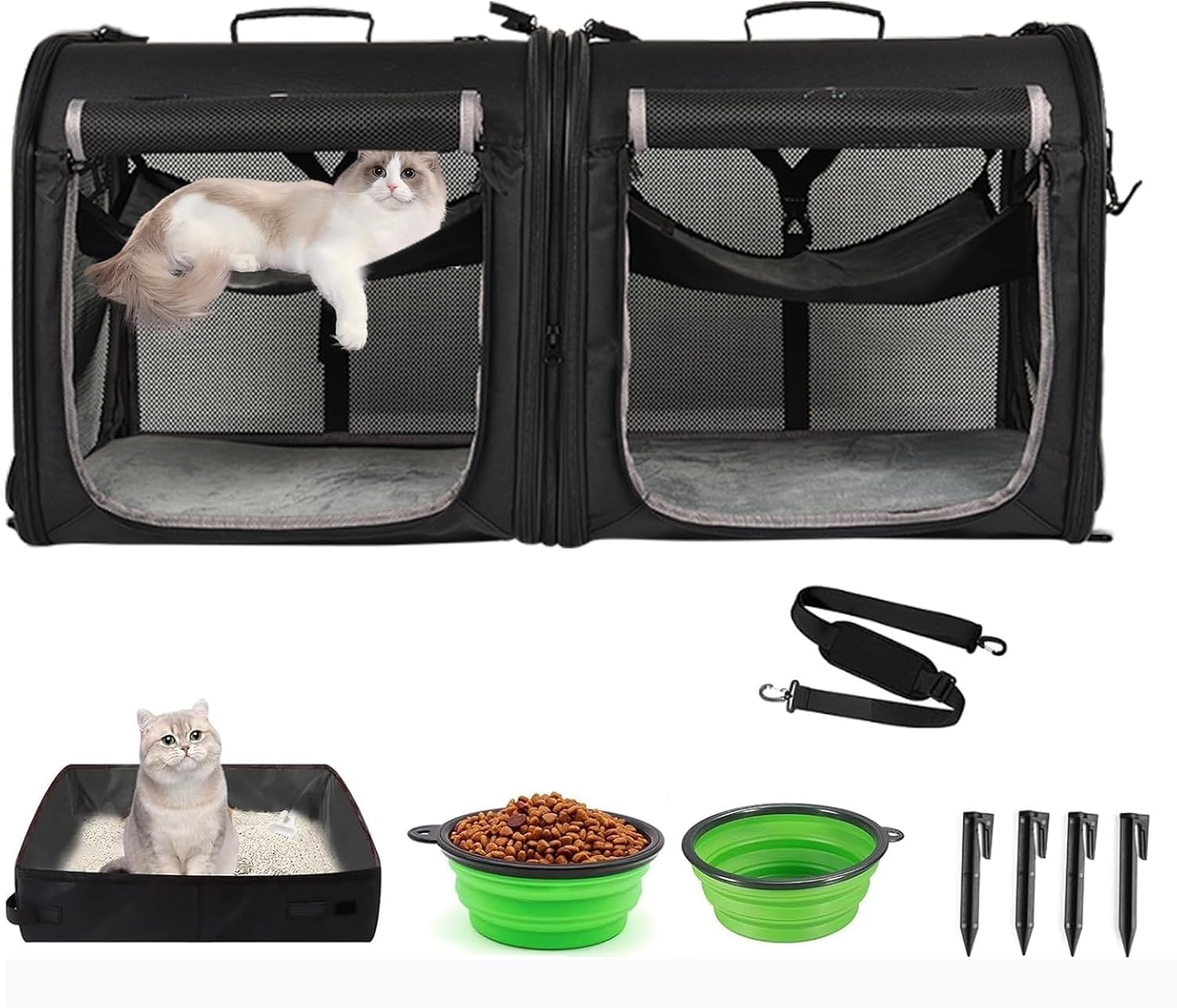
From the brand Welcome to Wakytu Flagship Store! Dog Backpack Carrier …

You love to hunt, and you love your dogs. But you dislike the forceful training techniques that traditionalists rely on. Now, there’s a better way; the Positive Gun Dogs way. The authors are familiar with the demands of the sport and the nature of the dogs involved, and they understand the ins and outs of…
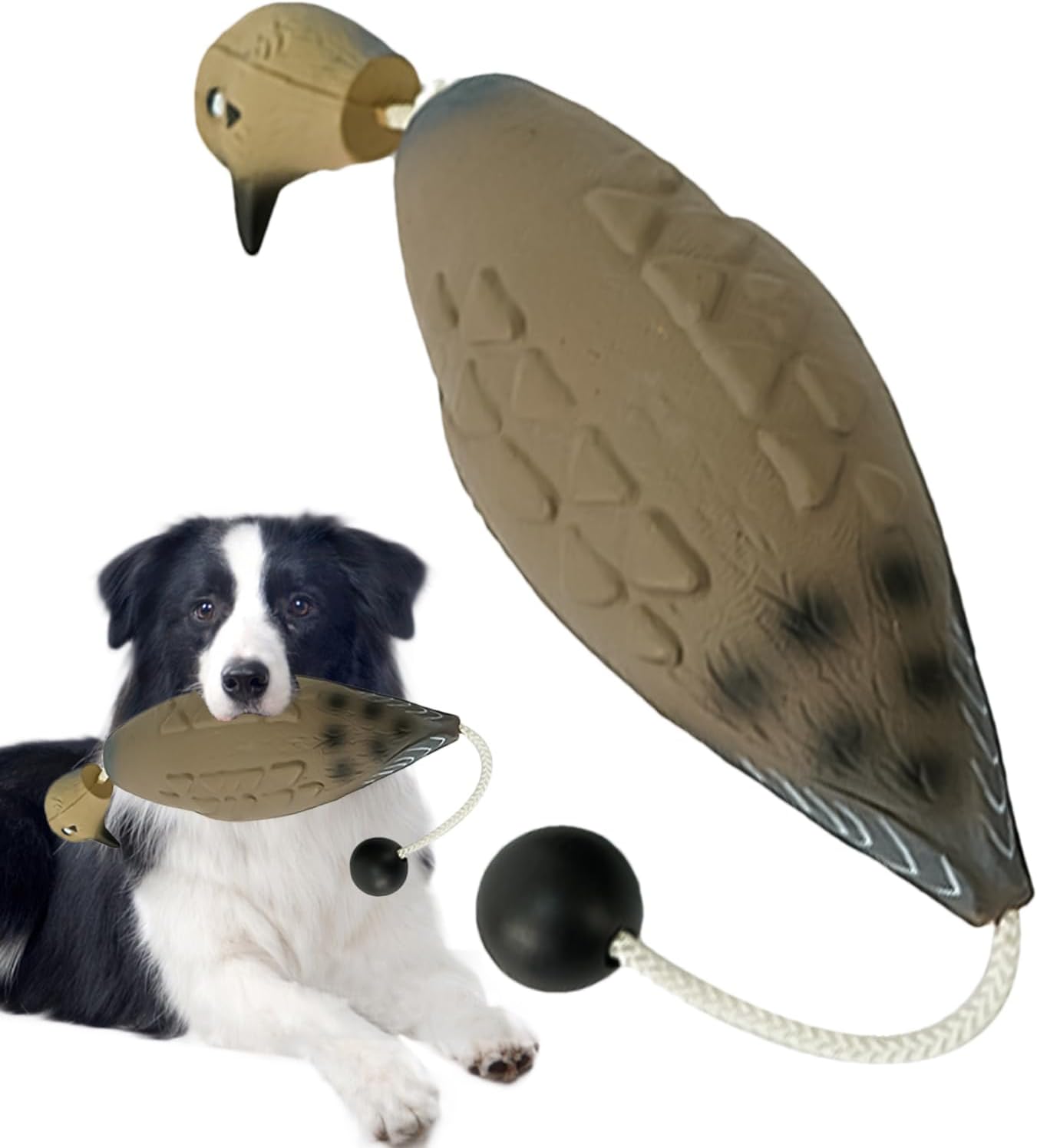
Our dog hunting training toys are designed with simulation to provide a safe and enjoyable experience for your furry friend. It’s not only suitable for outdoor activities but also makes a great companion for daily entertainment. Product AttributesProduct name: Dog Hunting Training Toys Size: small pigeon Product size: about 26×7.5×6.5cm/10.24×2.95×2.56 inchesblack and white duck Product…
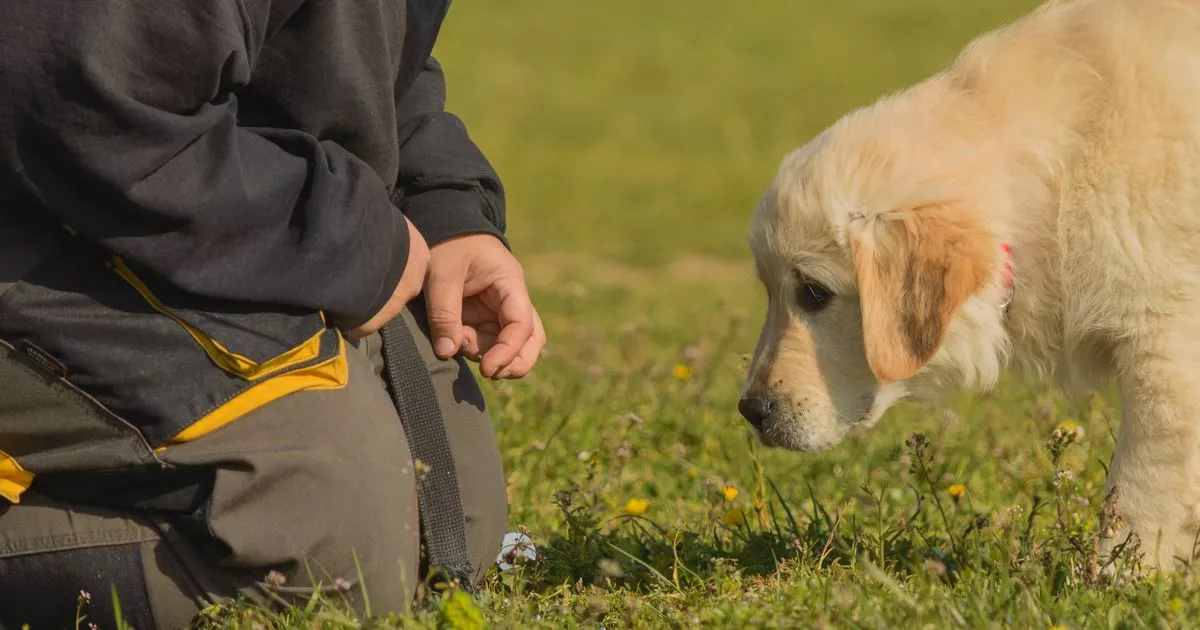
A professional dog trainer has shared his top five dog breeds for families – and the list doesn’t include the golden retriever or Labrador The dog trainer shared his top breed recommendations for families but didn’t include Labradors or golden retrievers (stock image)(Image: Filippo Arteconi via Getty Images) A professional dog trainer has shared the…
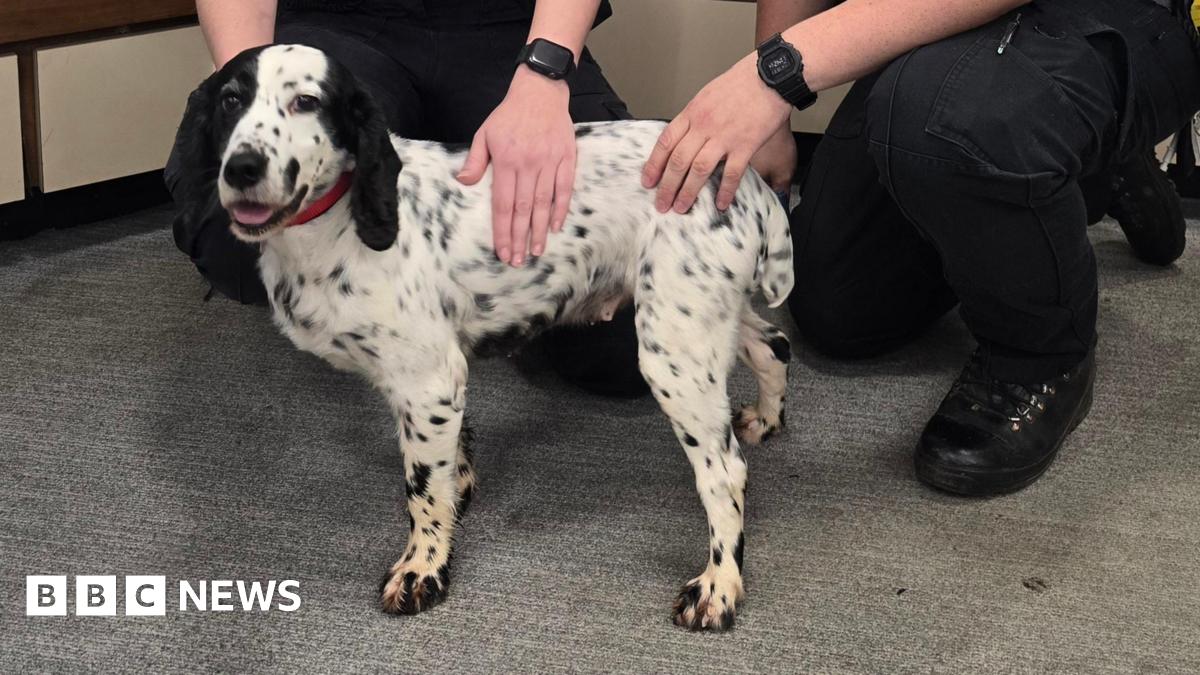
She added: “She recognised them immediately and stuck to them like glue.” Officers discovered Daisy had been rehomed “in good faith” by new owners who had been unaware of the theft. One of the other stolen dogs was killed after being hit by a car as it tried to escape, officers said. The two others,…
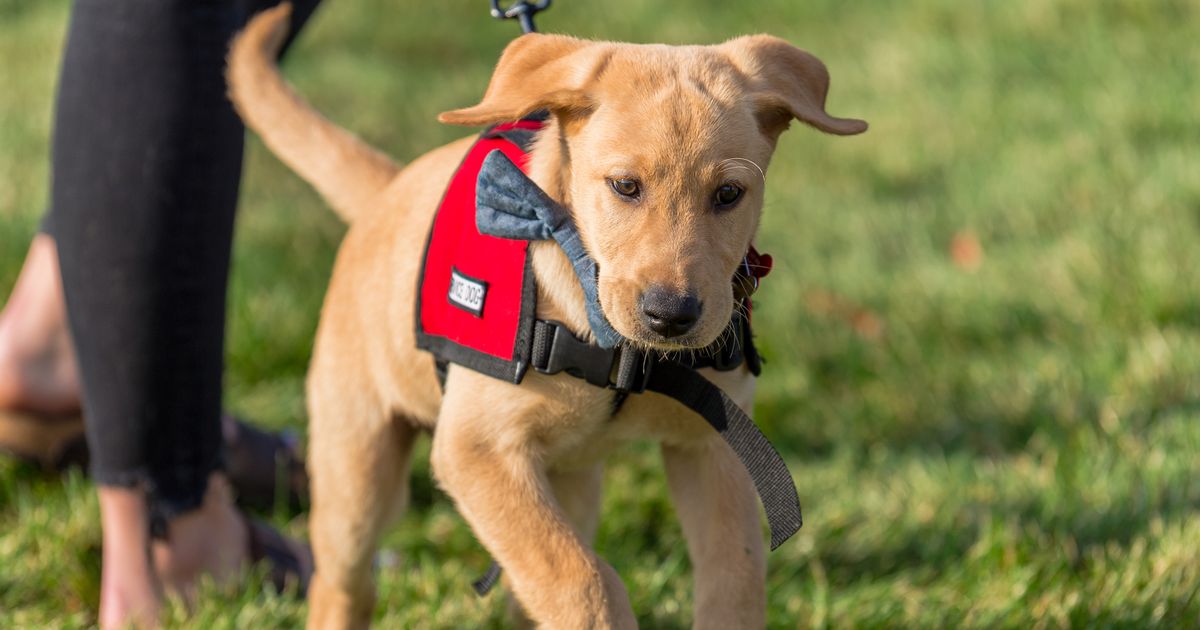
A dog trainer has warned that pet owners could be wasting their time by focusing on the task Amber O’Connor Money and Lifestyle reporter U35s 14:26, 09 Nov 2025 The expert highlighted the common training mistake (stock photo)(Image: Getty) Most dog owners recognise the importance of training their puppy. However, an expert has cautioned that…
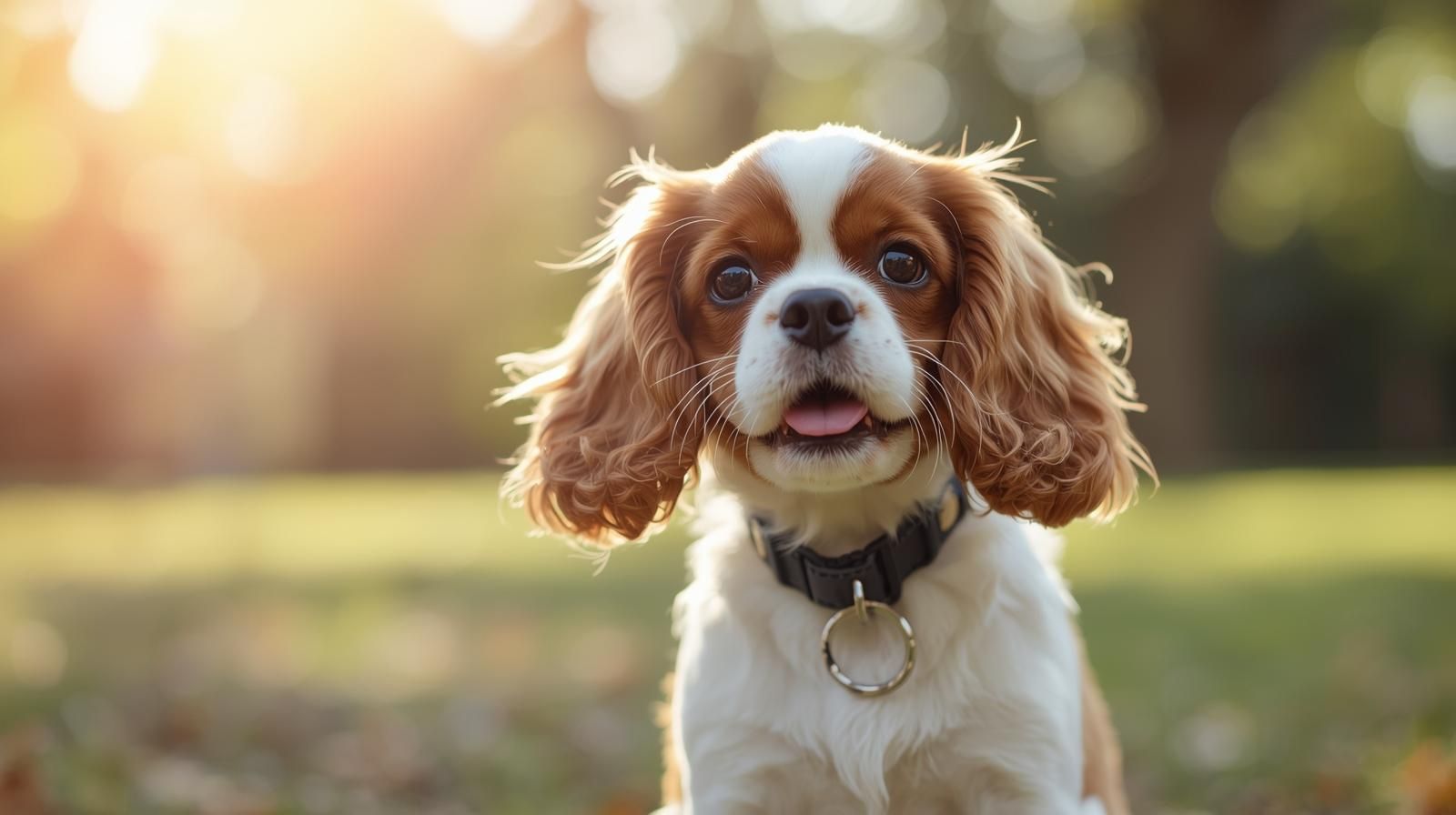
Welcoming a new baby or family member is exciting, but it can be a big adjustment for your Cavalier King Charles Spaniel. With the right preparation, you can help your dog stay calm, secure, and happy. From routine changes to safe spaces and first introductions, discover practical steps to ensure a smooth transition for everyone.
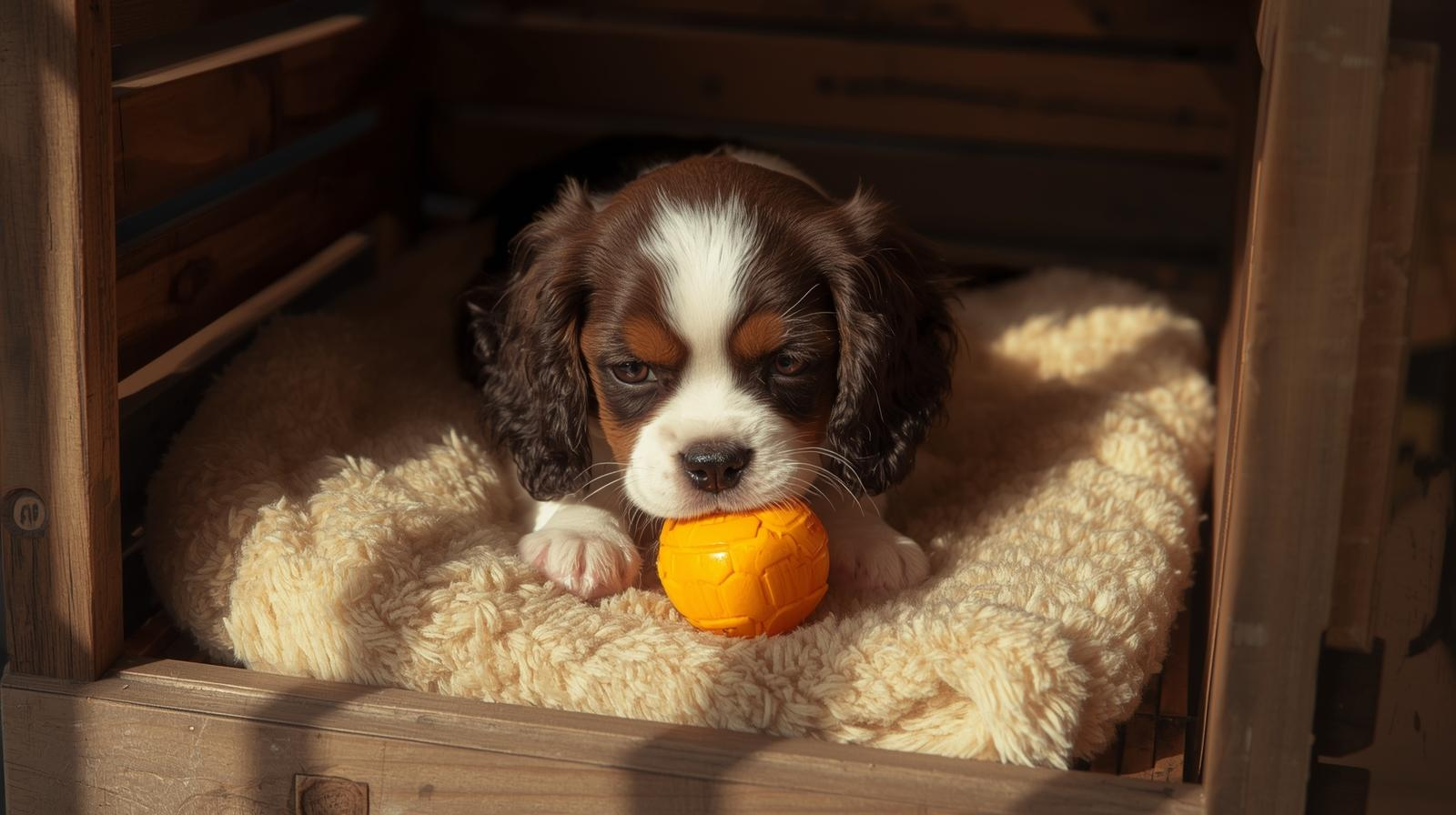
Crate training offers your Cavalier King Charles Spaniel more than just convenience — it provides safety, comfort, and structure. From supporting house training to reducing anxiety and preventing destructive behaviour, a crate can quickly become your Cavalier’s safe haven. Learn how this simple training method can transform daily life for you and your dog.
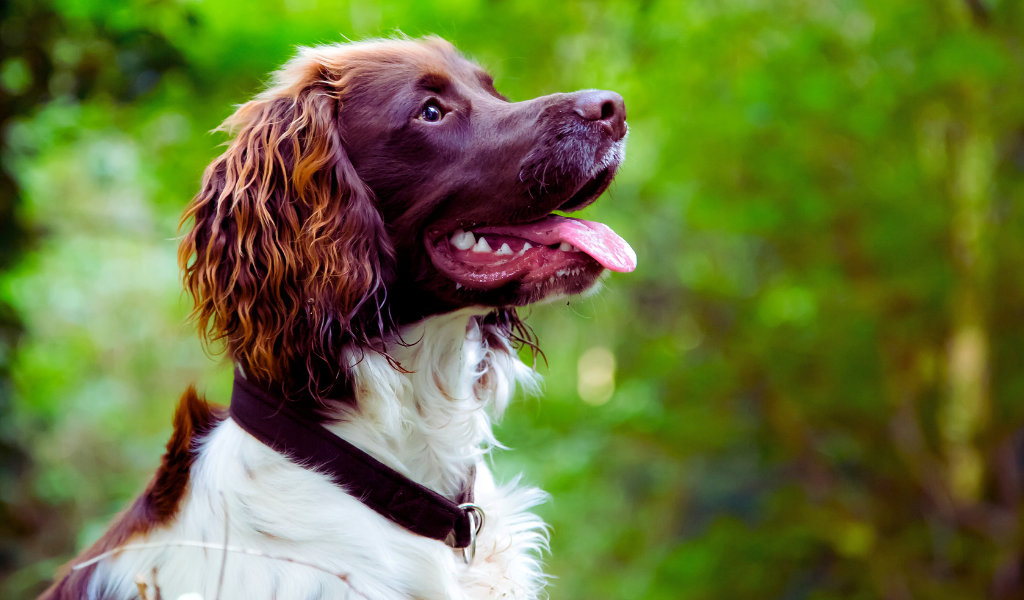
Springer spaniels. Jack of all trades or master of none? Discover if they are good working dogs.
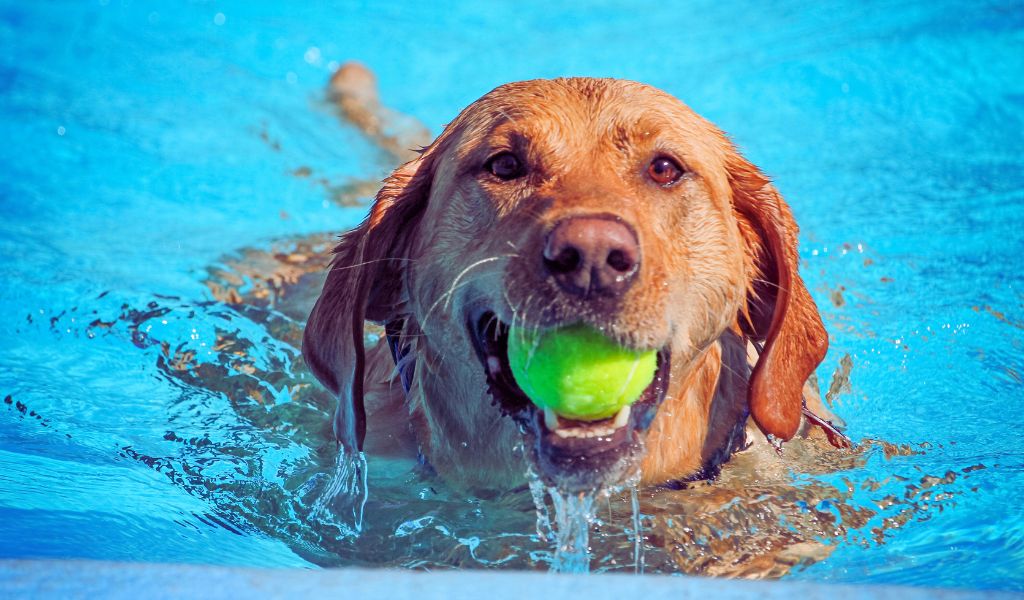
Learn about the safety of letting your dog swim in a chlorine pool. Discover the benefits, potential risks, and preventative measures to ensure a safe and enjoyable swimming experience for your canine companion. Get expert insights and tips for the best experience.

Discover the benefits of insect-based dog food, a sustainable, nutritious, and hypoallergenic alternative to traditional pet food. Learn how it supports canine health and reduces environmental impact.

Discover how dogs find their way home using their exceptional sense of smell, hearing, visual cues, and possibly an innate magnetic sense. Learn about scientific studies, breed differences, and practical tips to enhance your dog’s navigation skills.